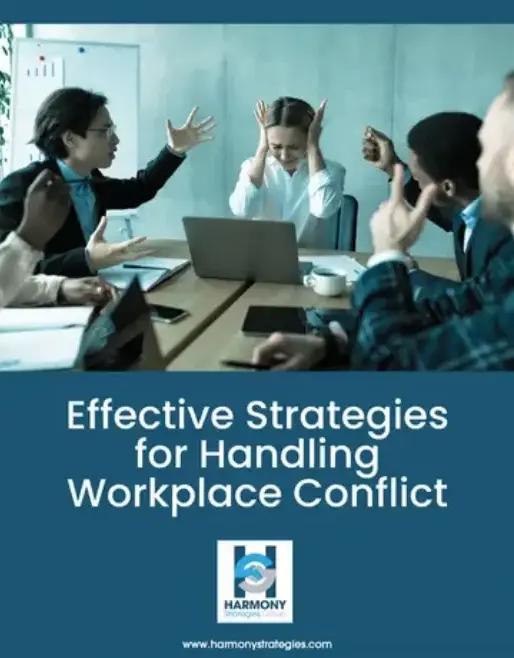Investing in your employees through development and engagement initiatives is not just a best practice – it’s a powerful strategy for mitigating significant Human Capital Risk. This risk, which encompasses the potential loss of valuable talent and their contributions, can silently erode an organization’s strength. However, by proactively focusing on the growth and well-being of your workforce, you can build a more resilient, productive, and ultimately, more secure future
The Power of Development: Building Skills, Boosting Retention
One key aspect of Human Capital Risk is the presence of skills gaps, hindering your organization’s ability to meet current and future demands. Investing in employee development directly tackles this. By offering opportunities for training, upskilling, and career growth, you equip your employees with the necessary competencies and demonstrate a commitment to their future. This fosters a sense of value and encourages long-term commitment, directly combating costly turnover and the loss of crucial knowledge. Furthermore, development empowers your workforce to navigate organizational changes with greater confidence and less disruption. Modern development goes beyond traditional workshops to include mentorship, cross-functional projects, and access to personalized learning platforms. This fosters continuous growth and internal talent mobility.
The Engine of Engagement: Fueling Productivity and Loyalty
Employee engagement is another vital element in reducing Human Capital Risk. Disengaged employees pose a significant threat to productivity and are more likely to seek opportunities elsewhere. Cultivating a culture of engagement, where employees feel valued, connected to the mission, and have opportunities for meaningful contribution, directly addresses this risk. Engaged employees are more proactive, collaborative, and invested in the organization’s success. By fostering a positive work environment and recognizing achievements, you build a loyal workforce less susceptible to attrition. True engagement stems from a sense of belonging, clear communication, and leaders who genuinely listen and act on feedback. This emotional connection translates into higher performance and a stronger defense against attrition.
4 Strategies for Reducing Human Capital Risk
To truly fortify your organization against human capital challenges, consider implementing these actionable strategies:
- Foster a Culture of Continuous Learning: Move beyond one-off training sessions. Encourage ongoing learning through access to online courses, internal knowledge sharing, and opportunities for skill application in new projects. Promote a mindset where learning is integrated into daily work, helping to close skills gaps proactively.
- Implement Robust Feedback and Recognition Systems: Create structured channels for regular, honest feedback, both upwards and downwards. This includes frequent 1:1 check-ins, peer feedback, and even group dialogue Circles. Couple this with a dynamic recognition program that acknowledges contributions, making employees feel seen and valued.
- Prioritize Employee Wellbeing and Work-Life Integration: Address the rising issues of burnout and stress proactively. Offer resources for mental health support, promote flexible work arrangements where feasible, and encourage healthy boundaries. A workforce that feels supported in their overall wellbeing is more resilient and performs better.
- Champion Internal Mobility and Clear Career Pathing: Show employees a future within your organization. Develop clear career paths, offer opportunities for internal transfers, stretch assignments, and promotions. When employees see a pathway for growth and feel their career aspirations are supported, they are far less likely to look externally, significantly reducing turnover risk.
A Mutually Reinforcing Cycle
Development and engagement are not isolated efforts; they work in tandem. Providing growth opportunities signals that the organization values its employees, which in turn boosts engagement. Engaged employees are more receptive to development and more likely to apply new skills effectively. This creates a positive cycle that strengthens your workforce and significantly reduces Human Capital Risk.
Investing for a Stronger Future: The HSG Solution
Mitigating Human Capital Risk is about proactively building a stronger, more resilient organization. At Harmony Strategies Group, we offer Human Capital risk assessments and solutions that protect the organization’s reputation, improve productivity, and increase team performance.
By strategically investing in your people through development and engagement, you are cultivating your most valuable asset. This commitment translates into a more skilled, motivated, and loyal workforce, paving the way for a more secure and prosperous future.
Tools & Resources
To further understand and identify the comprehensive definition of Human Capital Risk and explore various real-world examples of its impact, read “Be a Ringmaster of Risk” by Wayne F. Cascio. It unpacks how organizations identify and strategically manage these critical workforce challenges.

